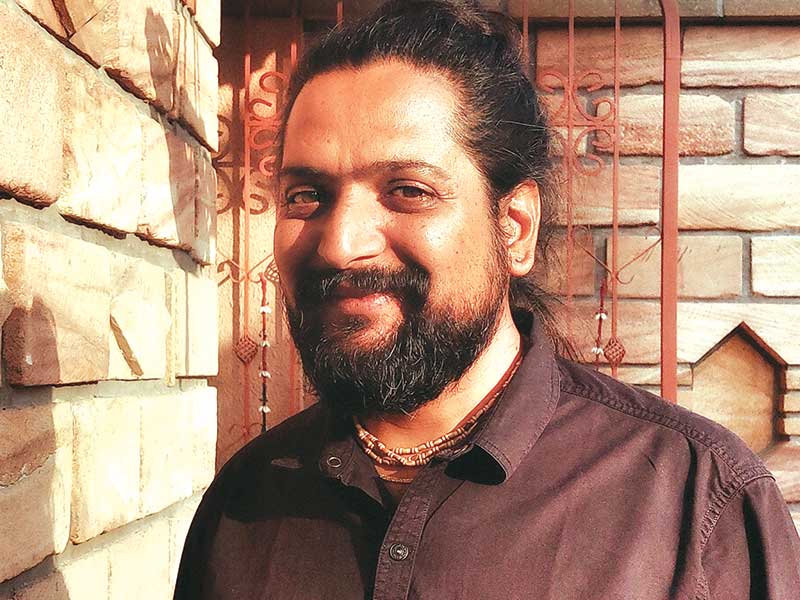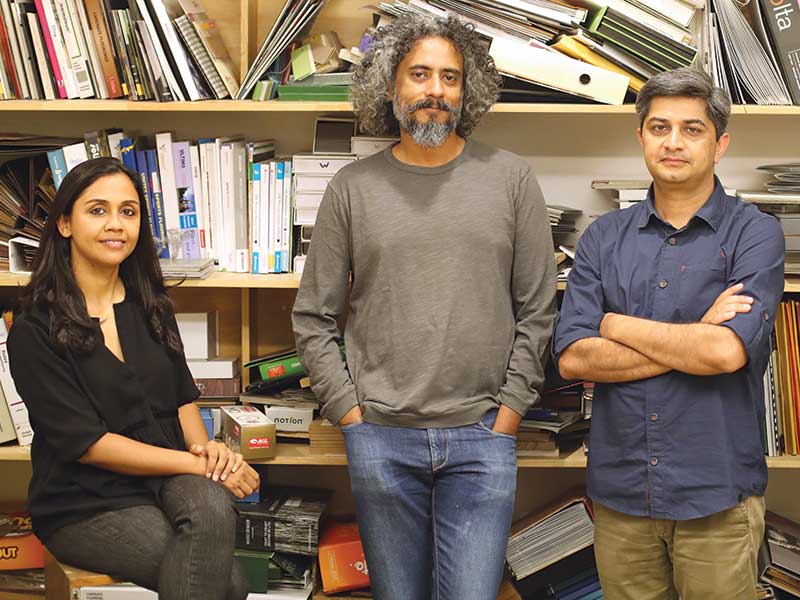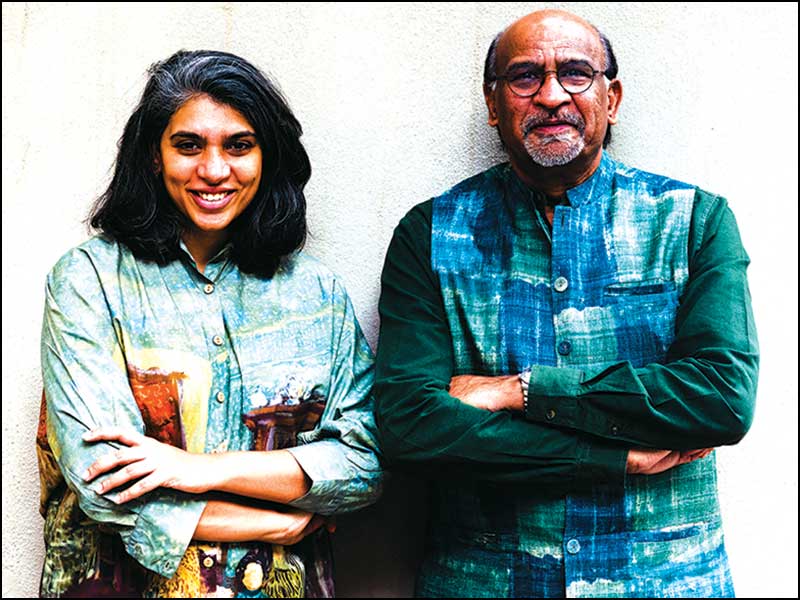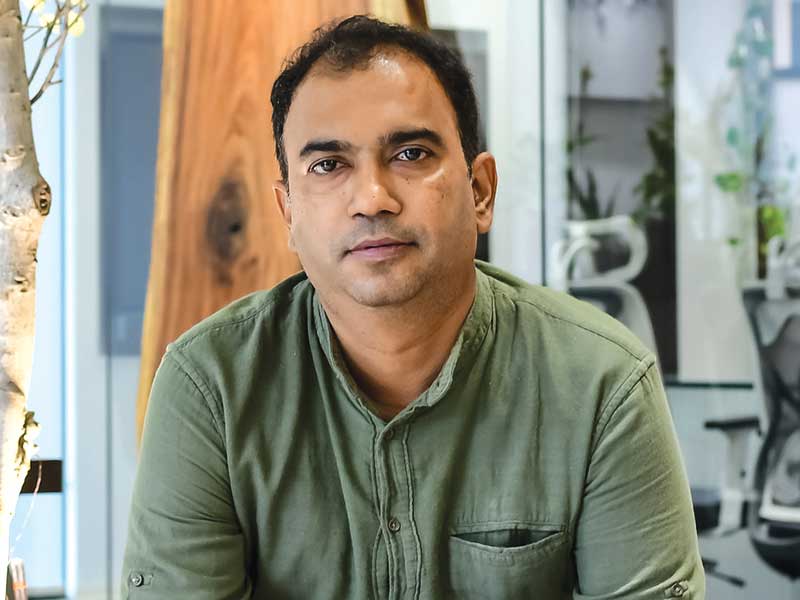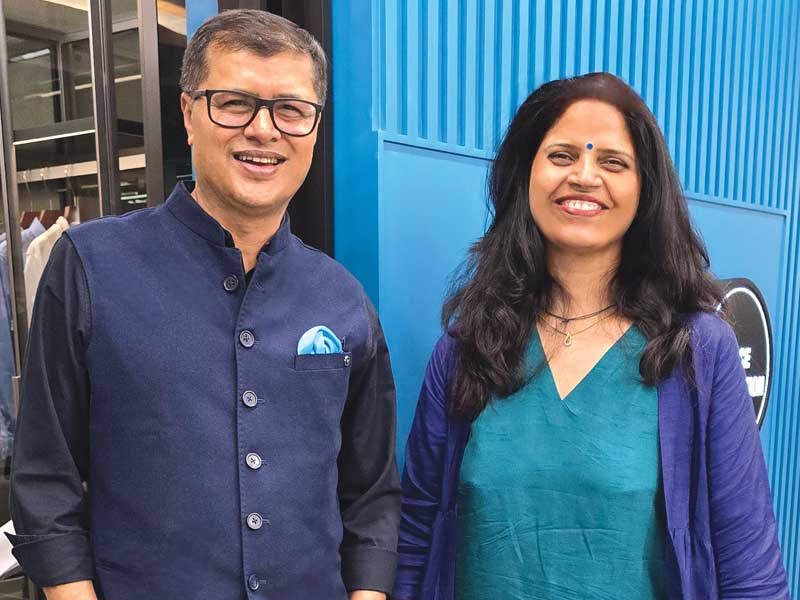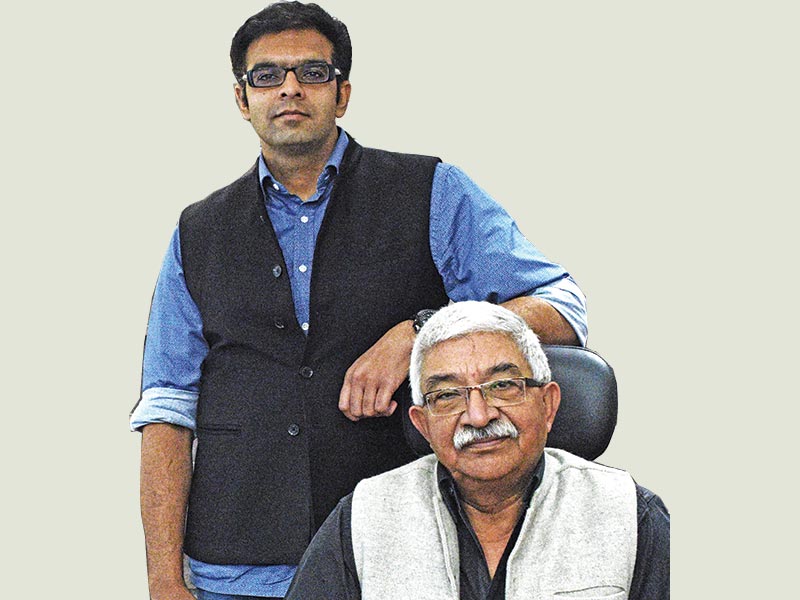
“The problem with the current generation of architects and their resultant architecture is that they think analogue but produce algorithmically” – an excerpt from Peter Eisenmann’s Lecture at RIBA Lecture series, December 2008. It’s been 9 years since we heard that claim. Although, Eisenmann chuckled that he too did not know what it meant, we believe there is merit to it even today. Especially since the advance of tech and its resultant influx into mainstream lifestyles is ever increasing.
Personally, the conversation on software in the professional realm is quite cumbersome. At one level, the majority of architecture produced in every era has been a reflection of tools being used at the studios. At the other, tools were invented by Otto, Nervi, Gaudi, Musmeci to express their formal and theoretical aspirations.
However, the marriage between present software methodologies (beginning in mid-late 90s) and the architectural endeavour can be attributed to essentially 2 offices: Zaha Hadid and Frank Gehry. While, ZHA’s lust to utilise urban data to influence design (example One-North Urban Design, Singapore) gave us Max/Maya/rhino/excel Design workflow; Frank Gehry’s drive to solve and build complex geometries provided the world with Digital Projects. With this at the background, there are essentially 2 reasons we like to discuss software today:
Every building has the potential to be Revolutionary.
Strength to dream bigger, wilder and then build it: This is an obvious one. The tools are providing architects with the opportunities to test their potential. What is more encouraging is that the professional construction industry has the prowess to build the aspirations, no matter how wild it may be.
 Upcoming International Sports Complex in Saily
Upcoming International Sports Complex in SailyOur built environment has the potential to be Evolutionary.
Architects are not in control. We wrote and lectured about this back in 2009. The influx of ICT has caused architects to become data manipulators and designers of systems which in turn are capable of generating tangible, tectonic, physical products. Gone are the decades where an architect would sway a pencil over a sketch to express the vision. This is both exciting and nerving, since the final outcome is not necessary the vision; it is merely one of the ‘correct’ outcomes.
Our constant concern about architecture is the methodology to solicit engagements, especially within the public sector.
It is interesting that our thoughts are being written amidst the public demand by Indian Railways asking architects to work pro-bono, and stalwarts like Hafeez Contractor offering to do so as well. While, why we believe that is wrong at multiple levels is probably a difficult discussion, but it does address the context.
The L1 bug: Award of public sector works suffers from the disease of the lowest tender. This not only guarantees mediocrity of service but causes immense loss of time and the state’s money. We believe that this is an easy fix – the regulator (CoA) can educate various public departments / PSUs that work should be awarded at a fixed fee. The fixed fee can be determined as blanket (applicable regionally) or may vary from project to project. This methodology shall only base the decision of award on technical capability. Design competitions can complement this methodology.
Another forewarning to architectural practices is the rise in comprehensive services, that is, architectural services shall struggle to remain a pure consultancy and lean towards a subset of a larger collaboration. Design and Build contracts or EPC contracts shall be the norm. Public sector may seek a single window for Design, Construction Management and Execution. Ironically, this transition indexes at the historical understanding of architects/architecture where the designer was the engineer and the master builder/craftsmen or vice-versa.


